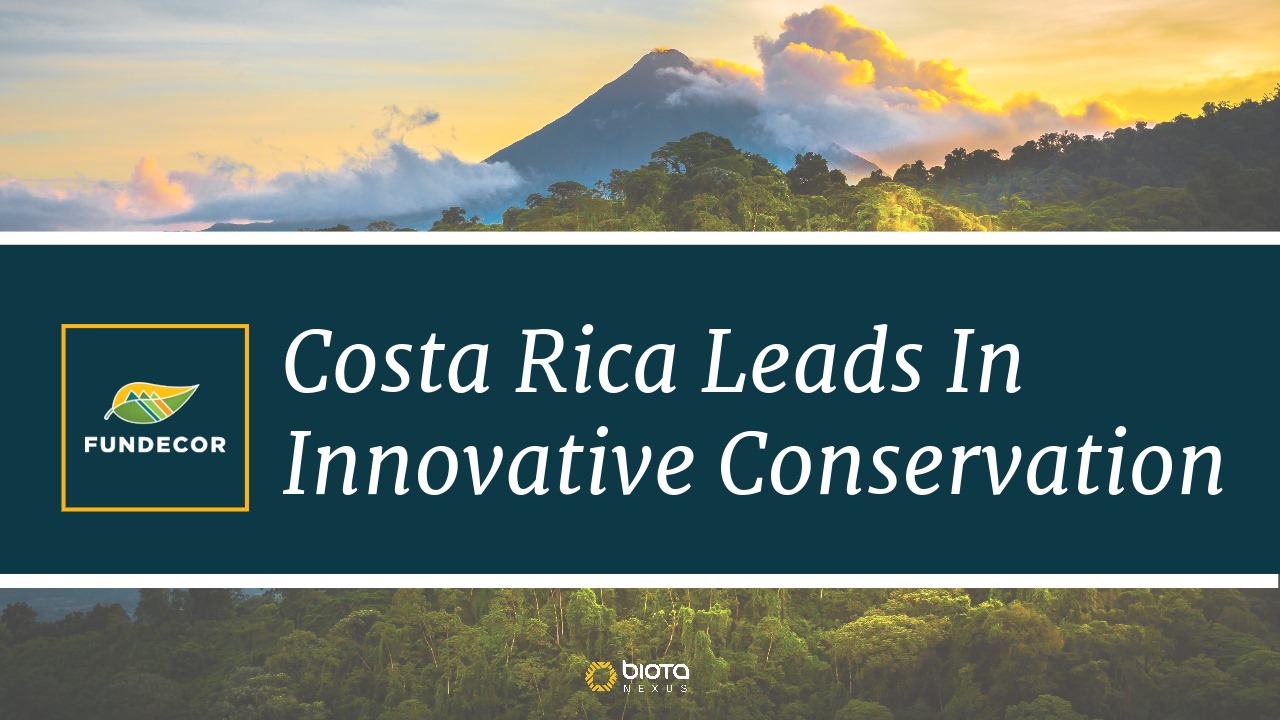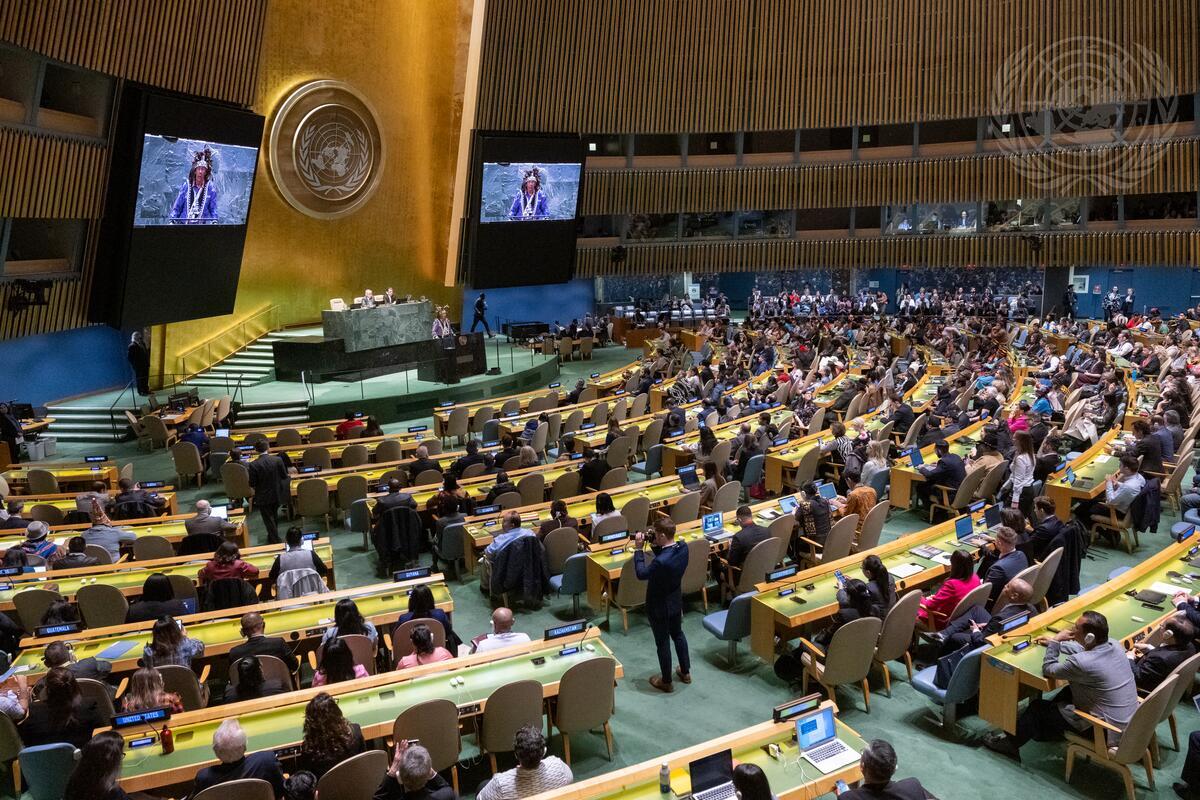“Pioneering a new era, aligning corporations, communities, and conservation in a groundbreaking initiative, propelling Costa Rica to the forefront of global sustainability.”
Sarapiquí, Costa Rica – Nestled in the heart of one of the most biodiverse regions on the planet, a revolution is underway. Biota Nexus is rewriting the narrative of conservation and sustainable finance, orchestrating a symphony of innovation, transparency, and community empowerment in harmony with responsibility and quality. In a visionary partnership with FUNDECOR, a respected Costa Rican NGO with over three decades of expertise in sustainable forest management, the initiative is building bridges of opportunity and stewardship between the corporate world and responsible conservation stewards.
Mario Piedra, Executive Director of FUNDECOR, passionately stated, “Conservation is a legacy we craft for generations to come. We must move beyond the narrow confines of carbon-centric approaches, embracing a holistic vision that encapsulates our full breadth of responsibilities to the ecosystem. This is what Costa Rica has done for over three decades now; giving us the necessary experience to launch BIOTA.”
The BIOTA initiative, a strategic collaboration, founded on the principles of transparency, scientific integrity, and community involvement. It seeks to address the longstanding challenges faced by conservation initiatives, including funding shortfalls and the scarcity of credible projects, with the goal of ensuring that stewardship in conservation is both rewarded and promoted.
Revolutionizing Conservation Finance
This revolution was born from the desire to revitalize the efficacy of Costa Rica’s Payment for Environmental Services (PES) program, a trailblazing initiative enacted in 1996 and initially tested with the assistance of FUNDECOR and the United States Agency for International Development (USAID). Despite its historical significance, the relevance of the program today has important challenges to address to fulfill its charter.
Alberto Arguedas, Executive Director of AMCHAM Costa Rica, highlighted the significance of this initiative stating, “Valoramos inmensamente la misión y visión de BIOTA en la creación de mercados para los servicios ecosistémicos, una iniciativa no solo innovadora sino también esencial para la conservación del medio ambiente y el fomento del desarrollo sostenible,” underscoring the indispensable role of pioneering solutions like BIOTA.
Beyond its narrow focus on carbon, BIOTA presents a holistic vision of sustainability, transforming conservation from a fiscal burden on landowners into an enticing investment opportunity for the corporate realm and those seeking responsible and quality initiatives. It removes much of the curtain that currently exists, uncovering visibility into the impact and investment. The initiative challenges the established narrative, reimagining conservation financing as a credible, equitable, and impactful arena.
Building Trust and Credibility
The collaboration with FUNDECOR ensures that all projects are rooted in local knowledge and expertise, yielding customized solutions that benefit both the environment and the communities that steward and rely upon it. Strategic partnerships further strengthen this initiative and a commitment to scientific integrity, fostering trust and credibility in conservation finance. The concept was rooted in ensuring every stakeholder has direct access to the transformative power of their contributions, all while harnessing the latest technological advancements and strategic partnerships.
Backed by influential organizations, including AMCHAM, FONAFIFO, the Ministry of Environment and Energy, and the National Forestry Office, the initiative ensures governmental support, aligning seamlessly with the nation’s enduring dedication to nature conservation.
Where Integrity Meets Innovation
A multifaceted approach to responsible conservation and sustainable practices involves a comprehensive strategy encompassing various vital elements, ensuring transparency, credibility, and effectiveness in environmental stewardship.
- Due-Diligence Certification: Employing certifications such as the Forest Stewardship Council’s (FSC), aligning with high environmental and social standards, guarantees responsible sourcing and protection of local ecosystems and communities. This serves as a trust signal, validating the authenticity of conservation efforts to both the community and potential investors.
- Solid Credit Pricing: Collaborating with academic institutions and reputable auditing firms to establish a scientifically backed and fair pricing mechanism for biodiversity credits is This ensures market rates are rooted in rigorous research and verified by trustworthy entities, creating a level playing field and promoting long-term engagement in conservation efforts.
- Advanced Monitoring, Reporting, and Verification (MRV): In areas where Forestry Engineers carry public trust, we fully recognize and incorporate this valuable on-the-ground expertise into our MRV processes. Incorporating technologies such as drones, satellite imaging, and GIS mapping also provides precise, real-time data. This is crucial for transparent reporting and accountability, enhancing the trust among stakeholders involved in conservation activities. This harmonious integration ensures that ground truthing complements the precision of modern tools, thereby enhancing the accuracy, efficiency, and reliability of our conservation efforts.
- Citizen Science Integration: Involving the community in data collection and integrating data from platforms like the Global Biodiversity Information Facility (GBIF) democratizes the conservation This not only enriches ecological datasets but also fosters a sense of shared responsibility and adds an additional layer of transparency.
- Government Alignment: Ensuring alignment with governmental conservation frameworks and legal requirements guarantees that conservation credits are trustworthy and comply with existing regulations. This demonstrates a commitment to lawful practices and upholds the integrity of conservation efforts.
- Social Responsibility: Focusing on inclusive development, particularly in low-income areas, ensures that conservation practices contribute to socially responsible This approach guarantees that conservation benefits are accessible to all, irrespective of their economic status.
- Fair Credit Distribution: Ensuring an equitable distribution of financial benefits, with a significant portion of the credit price going directly to local communities and farmers, provides a tangible incentive for participation in sustainable practices. This approach underscores a commitment to equitable economic distribution.
Incorporating these elements into conservation and sustainability efforts ensures a holistic, credible, and effective approach, empowering stakeholders and contributing to the overall success and integrity of environmental stewardship initiatives.
A Global Call to Action
BIOTA Nexus is more than a conservation initiative; it is a call to action for corporations, investors, and people worldwide, providing a tangible way to demonstrate their commitment to responsible practices.
“We believe that organizations should be able to deploy resources that make a tangible difference, transcending mere marketing ploys,” shared Alejandro Solis, CEO and Founder.

